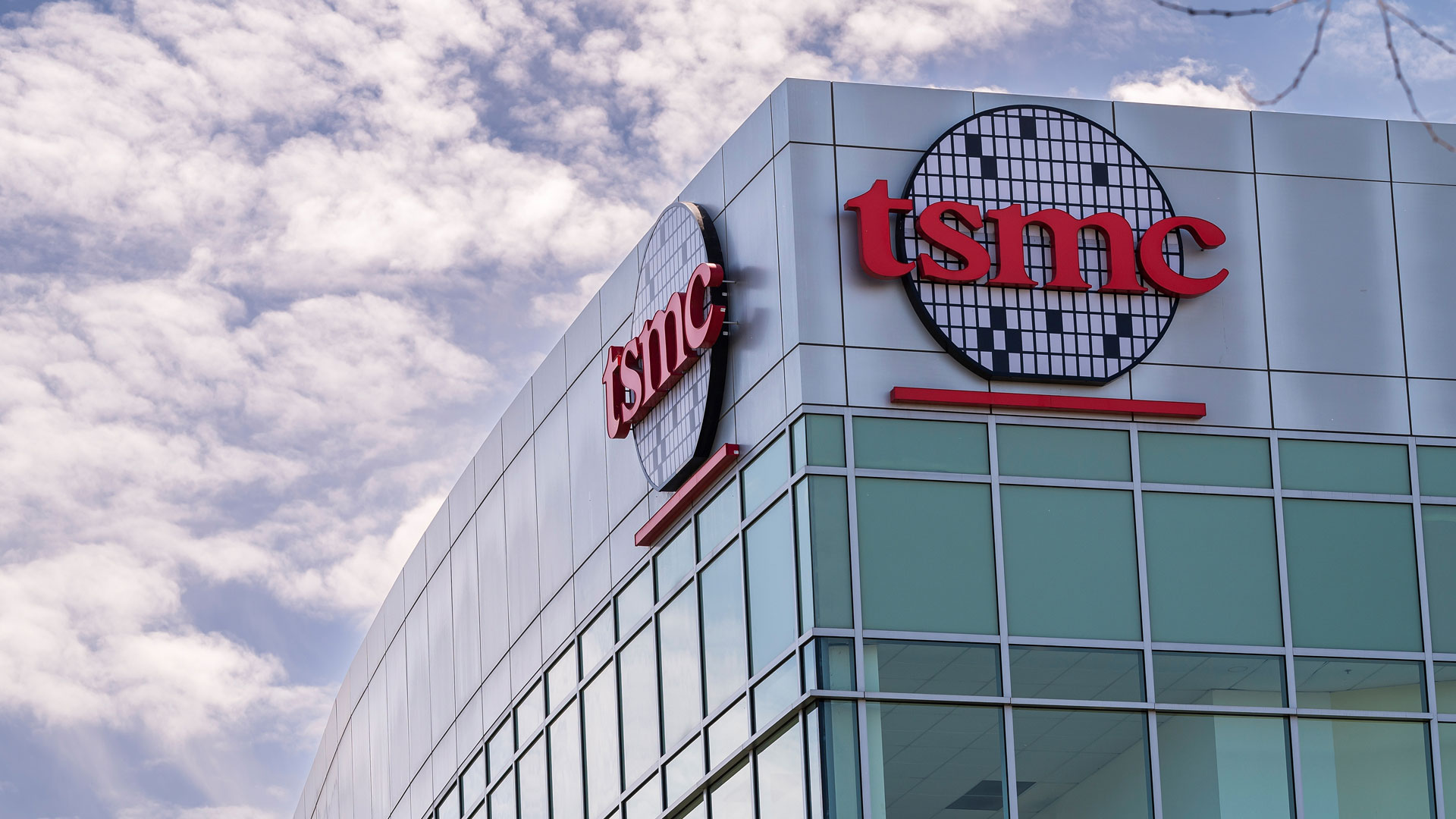AMD to reportedly become TSMC's next major customer in Arizona — HPC AI chips could start US production in 2025
AMD will join Apple as another early TSMC Arizona fab client.

AMD is set to produce high-performance chips at TSMC’s new Arizona fab, making it the second high-profile client for the fab after Apple. Independent journalist Tim Culpan reports that sources close to the matter confirmed the agreement today, though TSMC declined to comment.
TSMC Fab 21, located near Phoenix, Arizona, has begun trial production on its 5nm node, a process node family that includes the N4/N4P/N4X and N5/N5P/N5X processes. While its phase 1 production has not fully commenced, the Apple A16 Bionic chip is currently in production at Fab 21 using the N4P process. The A16 Bionic has been around since mid-2022 and is an excellent manufacturing test for the young fab, which reports "small, but significant" numbers of the chips currently being produced for various Apple products. Fab 21's current yields were described as similar to TSMC's Taiwan fabs by Bloomberg last month.
However, the chip(s) that AMD plans to produce at Fab 21 is currently unknown. According to sources, production is currently in planning, with tape-out and manufacturing of the chip both set to happen in Arizona starting next year. Fab 21's Phase 1 is limited to the N4 and N5 technologies, barring the possibility of any consumer chips newer than RDNA 3 and Zen 4.
AMD's enterprise AI chips in the CDNA 3 family powering Instinct MI300-series accelerators are a likely suspect. The MI325X, due to release in Q4 2024, is on the N4 node, while the upcoming MI350 will be on TSMC's N3. Arizona could be the place where the MI325X is manufactured after its initial production waves. It must be said that this is a speculative take; AMD could decide to produce a yet-unannounced AI or mobile chip at Fab 21 instead.
AMD's HPC chips that are manufactured in Arizona must, at first, be shipped overseas for packaging. However, the recent agreement between Amkor and TSMC to team up for advanced packaging in Arizona will more firmly entrench an AI chip supply chain in the U.S. Amkor's $2 billion Arizona chip test and packaging facility, currently under construction and expected to begin production as soon as 2026, will be permitted to use TSMC's patented CoWoS and InFO packaging technologies, allowing AI and HPC chips to be packaged more completely in the U.S. GPUs specifically rely on CoWoS tech to connect with their high-bandwidth memory (HBM) chips. Amkor began construction on its Arizona fab counting on TSMC to become its major customer, but the agreement to work with the patented CoWoS technology is still a happy surprise for many.
The potential AMD/TSMC agreement is momentous for both U.S. interests and TSMC. TSMC's Arizona fab has made many headlines since 2023 over various troubles it has encountered during its construction, mostly surrounding labor disputes between American and Taiwanese workers and leadership. The recent Apple production yields and today's AMD news will do much to increase faith in Fab 21. And the United States' significant financial backing ($6.6 billion in grants and up to $5 billion in loans) behind Fab 21 now appears to have a solid return on investment incoming, as AMD and TSMC will become pioneers in establishing a solid AI/HPC chip production supply chain stateside.
Get Tom's Hardware's best news and in-depth reviews, straight to your inbox.

Sunny Grimm is a contributing writer for Tom's Hardware. He has been building and breaking computers since 2017, serving as the resident youngster at Tom's. From APUs to RGB, Sunny has a handle on all the latest tech news.
-
usertests TSMC plans to eventually make N3 and N2 chips in Arizona. But even something like N4C could be very useful. As long as the other parts of the supply chain aren't compromised by war or hurricanes.Reply -
suryasans I expect TSMC's US 4nm fabs will be used for AMD's upcoming 4nm cIOD which will have USB4 2.0 and PCI Express gen 6 alongside AMD's upcoming mid-range GPUs which will replace its Radeon RX7600 series.Reply -
bit_user Reply
Don't forget earthquakes and labor disputes! California is due for another big earthquake, which would shut down access to their ports for a while.usertests said:As long as the other parts of the supply chain aren't compromised by war or hurricanes.
Another issue Arizona faces is the well-documented lack of abundant water supply, which is critical for semiconductor manufacturing. There were even stories about how a recent drought was forcing Taiwanese fabs to bring in water via trucks (although it's an island and presumably has de-desalinization plants on the coast - wouldn't work so well in AZ). -
bit_user Reply
Zen 5 uses the N4P node. So, AMD could make the compute dies there which are used in Ryzen 9000 desktops and the Turin Zen 5 server CPUs. I had even wondered whether this might've factored into their reasoning for using N4P, instead of N3E. Also, does the Strix Point laptop SoC also use N4P?suryasans said:I expect TSMC's US 4nm fabs will be used for AMD's upcoming 4nm cIOD which will have USB4 2.0 and PCI Express gen 6 alongside AMD's upcoming mid-range GPUs which will replace its Radeon RX7600 series. -
Alpha_Lyrae ReplyFab 21's Phase 1 is limited to the N4 and N5 technologies, barring the possibility of any consumer chips newer than RDNA 3 and Zen 4.
Zen 5 CCDs are manufactured on N4P, although Zen 5c for EPYC will be manufactured on N3B or N3E, so that will not be compatible.
Some of AMD's current APUs/SoCs are also on N4P, such as Strix Point. Strix Halo will use Zen 5 CCDs with new packaging and a custom IOD. Halo's IOD should be manufactured on N3E to meet lower power targets for that large iGPU, but N4P is also a possibility.
RDNA4 should use N3E or N3P, but depends on availability and cost. Navi 44 will likely be on N4P to keep costs under control. Navi 48 is the larger RDNA4 GPU.